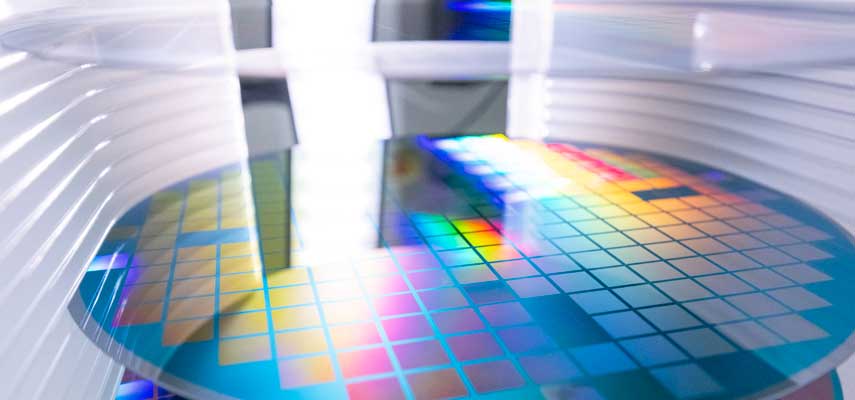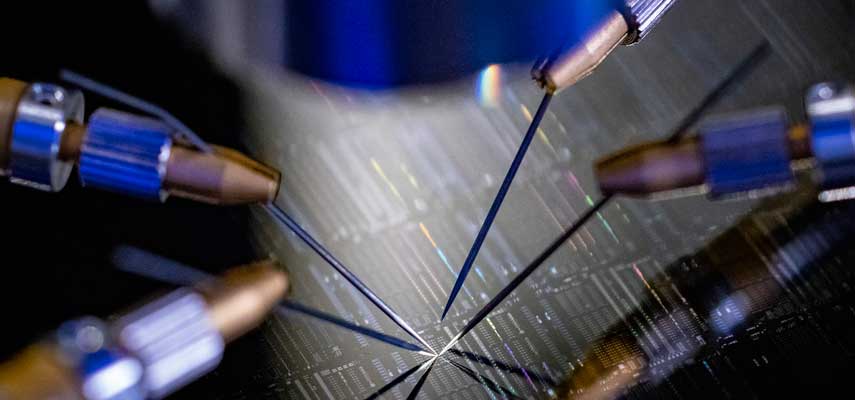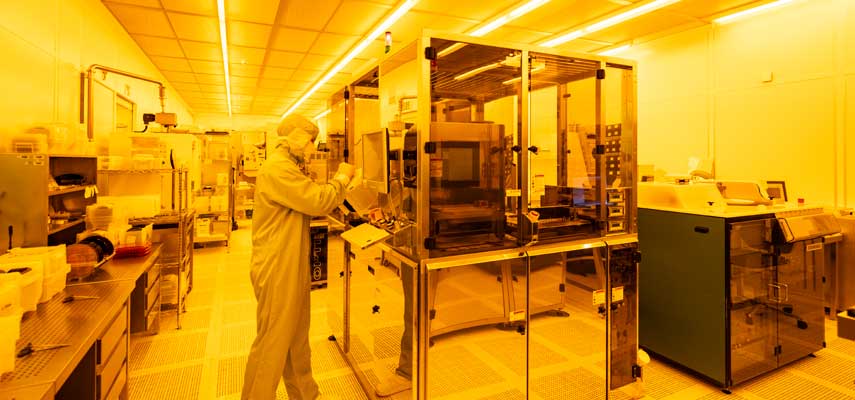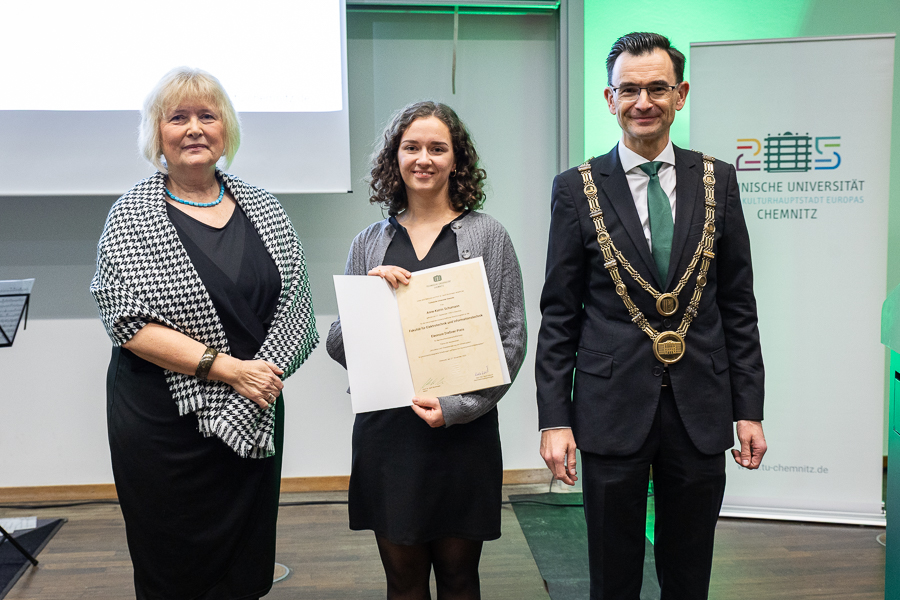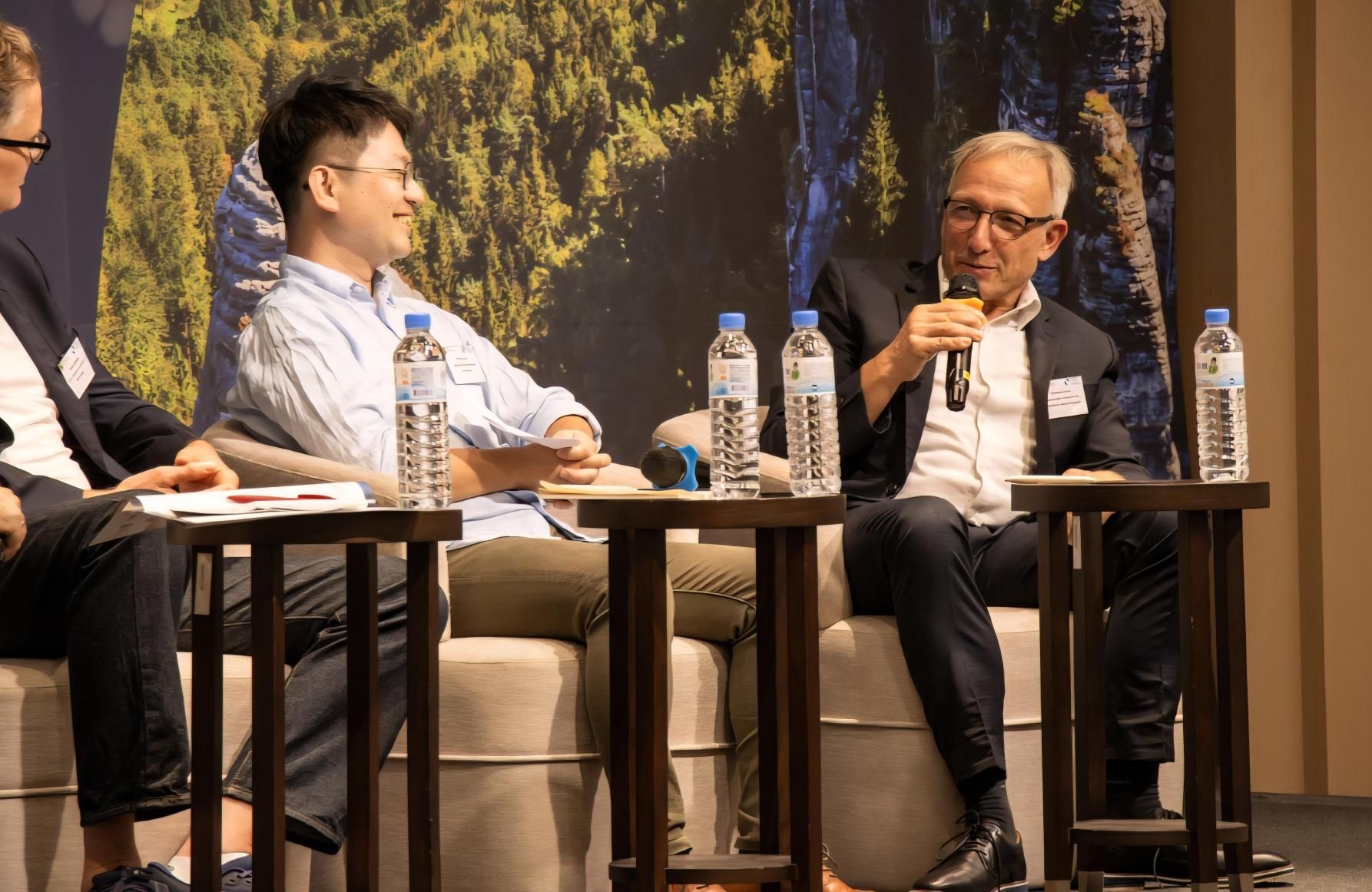The Research Center
The ZfM is one of the world's leading research centers in the field of microsystems technology and nano technologies. The aim is research and development of new technologies for the micro and nanosystems of tomorrow.
The focus of the developments is set on miniaturization, energy requirements, performance and resource efficiency of micro and nanosystems. Together with partners from industry and research, we bring the developments into application.
ZfM at a Glance
Research News
Eleonore-Dießner-Preis 2025 für Anne-Katrin Schumanns Masterarbeit am ZfM
Der Eleonore-Dießner-Preis ging dieses Jahr für die Fakultät Elektrotechnik und Informationstechnik an Anne-Katrin Schumann für ihre hervorragende Masterarbeit zum Thema „Simulation und Charakterisierung von Gitterkopplern für photonische integrierte Schaltungen auf Basis von Aluminiumnitrid-Wellenleitern“.Read moreAutomated monitoring in horticulture through spectral analysis with quantum dot detectors and high-resolution optical filters
Researchers at Chemnitz University of Technology are working within a European consortium to develop novel systems for detecting plant diseases through spectral analysis.Read moreTU Chemnitz: Teilnahme bei der Sachsen-Taiwan-Wissenschaftskonferenz 2025 in Taipeh
Die Partnerschaft zwischen dem Freistaat Sachsen und Taiwan hat einen bedeutenden neuen Meilenstein erreicht. Am 30. September 2025 fand in Taipeh die „Sachsen-Taiwan-Wissenschaftskonferenz“ statt, die erfolgreich abgeschlossen wurde. Die Konferenz widmete sich dem Thema „Nachhaltigkeitsperspektiven in der Halbleiterindustrie“ und zog über 150 angesehene Fachleute aus der Industrie, der Regierung und der Wissenschaft beider Regionen an.Read moreThere is even more. Read all the research news.

